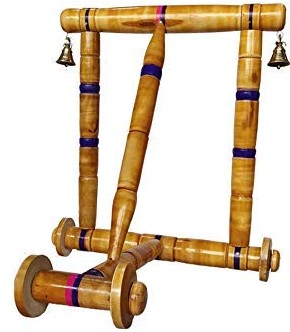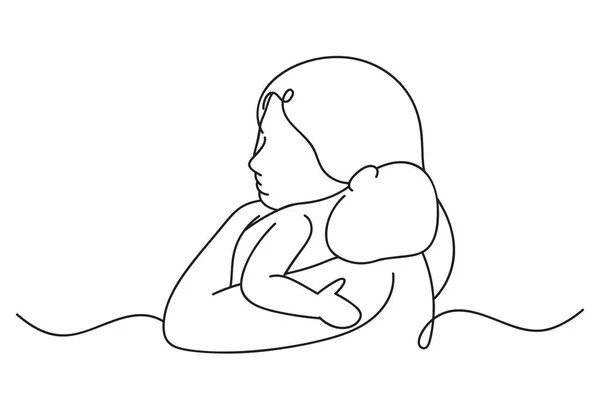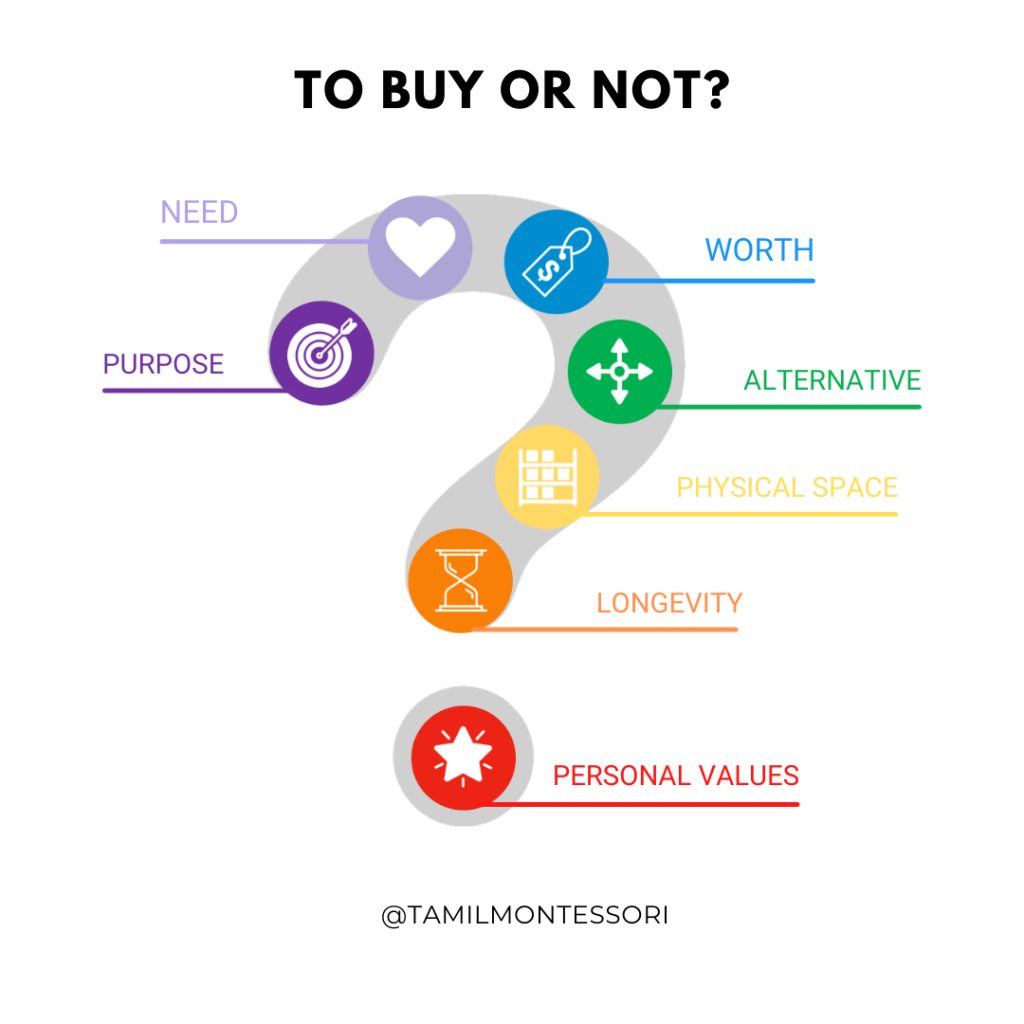I received questions from many of you regarding walkers when I posted videos of my little one using her walker wagon. In this blog post, I’ll be addressing those questions from you, based on my experience. Please note that this is not a sponsored post.
Firstly, to clarify, the material used by our little one is a push wagon and not a typical walker.

In a conventional walker, the baby is placed in the walker even before they’re developmentally ready to walk and the baby is typically in an unnatural position which is not the appropriate walking position. They’re not necessarily engaging the appropriate muscle groups for walking. The child also needs an adult’s help to get in and out of the walker.
On the contrary, with push wagon, the child is in a natural position to walk. The child can pull up to stand using the bar and can decide whether he/she wants to move or not by pushing the wagon.

The child has autonomy to explore the environment – moving at their comfortable pace, stop when needed and crawl away too. They don’t need the help of an adult to get in or out, thereby promoting independence. Also, there’s a wide range of motor skills which a child develops as the child moves from various positions of holding the wagon – sit, pull up, stand, hold bar, push, walk.
When did we start using?
LO will be turning 11 months in a few more days. She has been cruising along furniture from 9 months, she can stand on her own for a considerable time and is starting to take a couple of steps without any support. We noticed that she wanted to move things when she began to move/push her furniture around. Those furniture are neither safe nor meant for pushing. So, this push wagon walker is a safe alternative to satisfy her developmental need to move while using maximum effort.
How long do we use it daily?
We don’t have a set time. It really depends on the little one. Sometimes she would push once down the hallway, she would take breaks, look at things around her, crawl away if she sees something interesting, get back to her wagon and continue pushing. Some days she would go on moving around pushing the wagon until she’s done. She needs an adult’s help to make a turn once she reaches the end of the hallway.
Using the wagon is not her predominant mode of movement. She continues to crawl / cruise along heavy or stable furniture most of the time. The wagon is available to her when she wants to use that maximum effort and is only a very small part of our day.
Is it a must to have?
Not all homes have the luxury of space and every family circumstance may be different. In my opinion, it is a nice to have toy that gives the little ones opportunity to practice walking/pushing when they’re ready. Please do what works best for your home, family and child.
We chose the Classic Walker Wagon from Radio Flyer since
- It is made of wood, has a solid base. It is wide and heavy, giving it more stability, thereby it doesn’t topple.
- The wheels have a push resistance mechanism which provides traction for the child starting to walk.
- For more resistance, we can add extra weight too in the cart. We weigh down the wagon with a bag of rice or some of heavy books.
- The wagon has a bumper in the front which protects the furniture when bumped against.
- Can be used both indoors and outdoors such as walkways or any paved paths.

Lastly, I wanted to share an interesting piece of information. Push walkers have been a part of Tamil culture. Remember “Nadaivandi”? These traditional walkers are made of wood, are three-wheeled and are used to help children to walk. And I’ve used one too. Have you used one? Please do comment below! 😊








Leave a comment